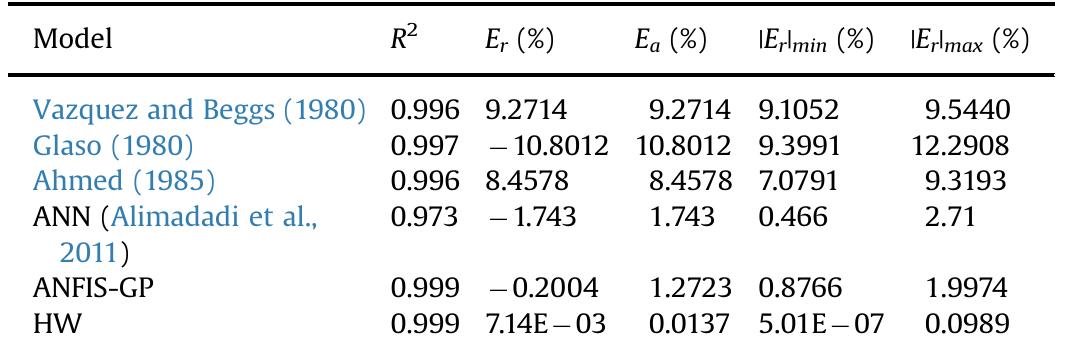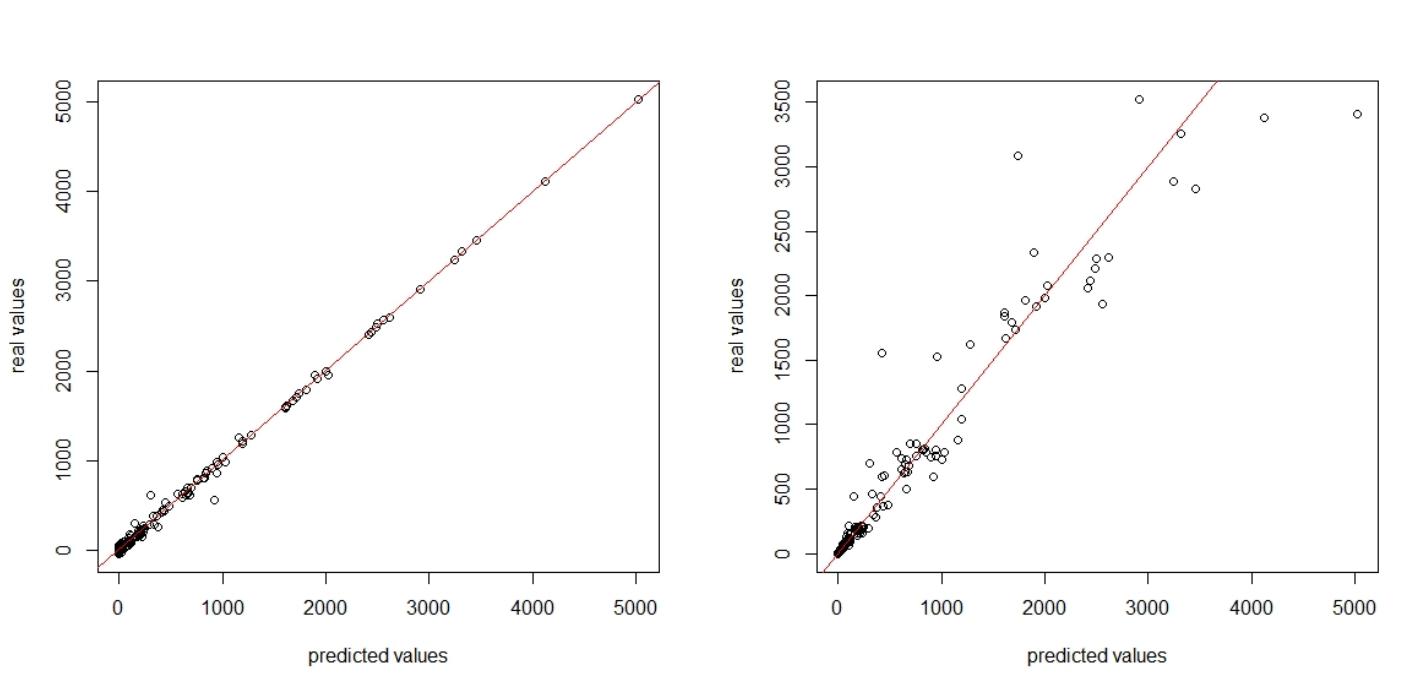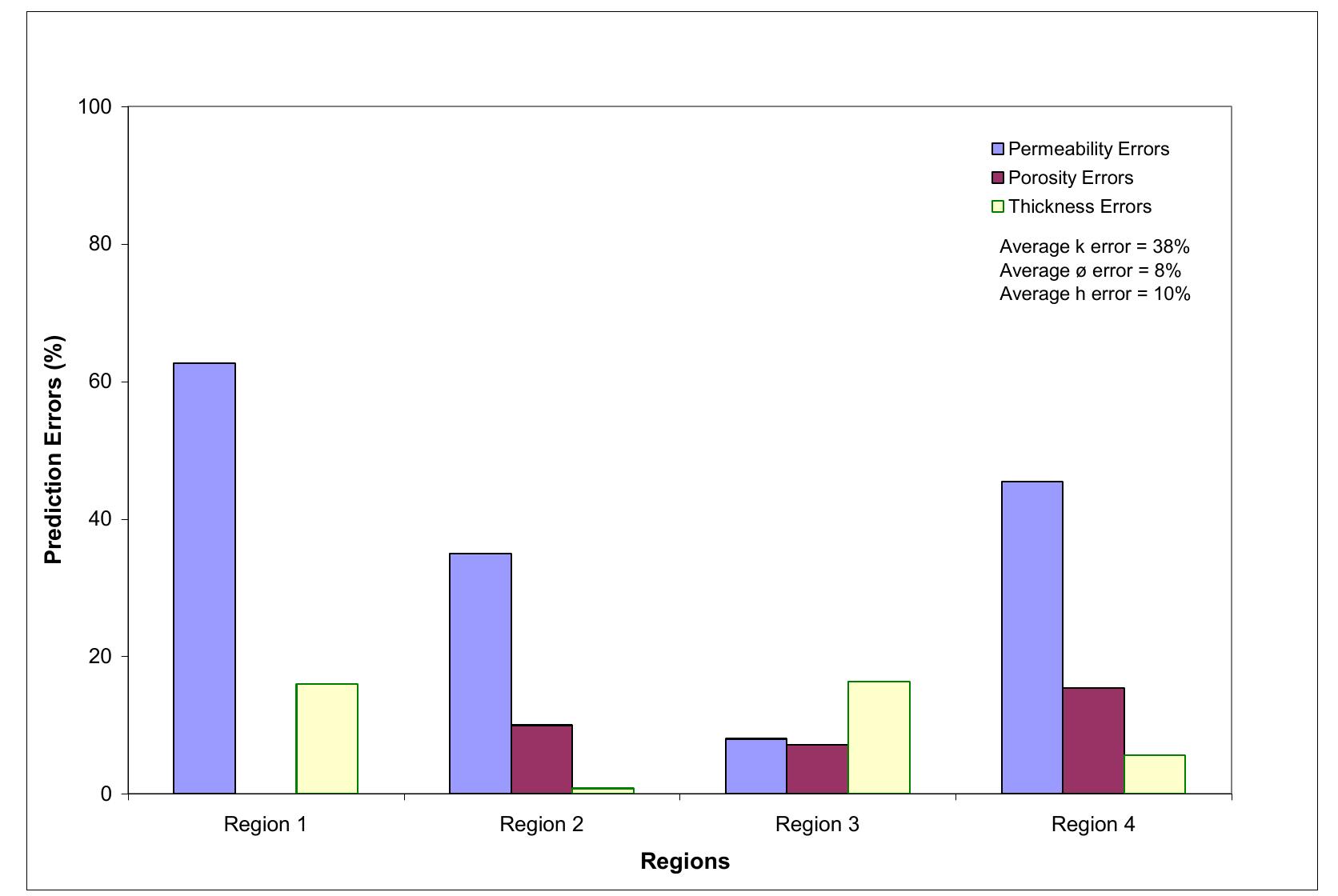Key research themes
1. How can symbolic and connectionist methods be effectively integrated in hybrid computational intelligence systems?
This research theme examines architectures and strategies that combine symbolic (knowledge-driven) AI and connectionist (neural network-based) AI to leverage the complementary strengths of both paradigms. It matters because pure symbolic systems excel at explicit reasoning and interpretability, while connectionist models offer robustness and learning capabilities from data. Bridging these approaches addresses challenges like integrating precise reasoning with adaptable learning to enhance hybrid AI system performance and applicability.
2. What mechanisms improve learning and adaptation in hybrid genetic algorithms through self-adaptive local search and inheritance models?
This theme focuses on optimizing the interplay between evolutionary search and local search within hybrid genetic algorithms (HGAs), specifically investigating the adaptive use of Lamarckian and Baldwinian learning mechanisms. It is significant because balancing exploration and exploitation with appropriate learning strategies directly affects convergence efficiency and solution quality in evolutionary optimization.
3. How can hybrid metaheuristic optimization algorithms be designed and applied to enhance efficiency, balance exploration-exploitation, and solve complex engineering problems?
This theme investigates the design, hybridization, and application of metaheuristic algorithms, including evolutionary computation, swarm intelligence, and nature-inspired methods, focusing on frameworks that combine complementary algorithmic paradigms to achieve superior performance. It is crucial due to the necessity of efficiently solving high-dimensional, nonlinear, and multi-objective optimization problems prevalent in engineering and computational intelligence fields.
4. What is the role of hybrid computational intelligence techniques in real-world domain-specific applications such as telecommunications and civil engineering?
This theme explores how hybrid computational intelligence methods, which combine AI paradigms like neural networks, evolutionary algorithms, and fuzzy logic, are applied to practical and domain-specific problems addressing system dependability, real-time prediction, and decision-making. It matters because translating theoretical hybrid intelligence frameworks into effective domain-specific solutions requires tailored algorithmic designs validated by empirical results.






























































































































































































